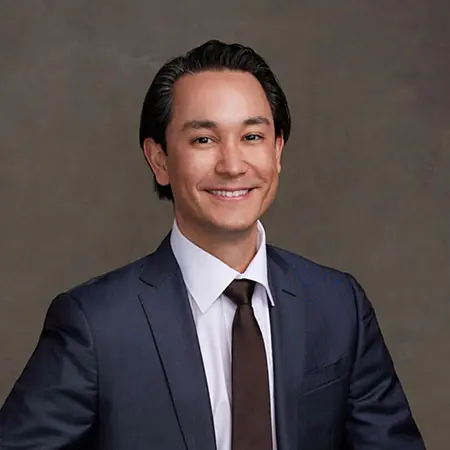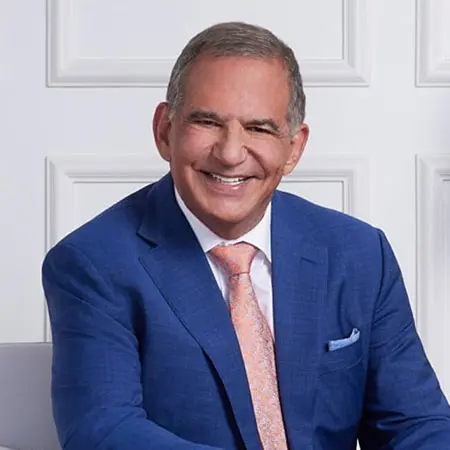April 07, 2022 | Rhinoplasty Surgeon
3 minute read
With the widespread use of smartphones equipped with increasingly sophisticated cameras, selfie photography has exploded in popularity in recent years. Because of its prominence in the center of the face, the nose has come under increasing scrutiny. Ironically, selfies seem to be frequently negatively evaluated despite the enthusiasm to take selfies. Consequentially, the number of patients who present to facial plastic surgeons seeking cosmetic changes and rhinoplasty has skyrocketed. A survey conducted by the American Academy of Facial Plastic and Reconstructive Surgery found that 42% of surgeons have encountered patients whose motivation for cosmetic surgery was to be able to take more attractive selfies to use on social media.
Many people fail to recognize that while selfies are easy to take, the selfie provides a distorted rendering of the relative size of the nose because of the proximity of the facial structures to the camera. In other words, selfies make the nose look bigger than it actually is.
In a photograph of the face from close up (~1 foot), the nose appears 30% larger than the surrounding facial features. Therefore, the actual size of the nose is misrepresented in the selfie image. This phenomenon is known as perspective. Similarly, a building viewed from close up will appear larger than other buildings of a similar size further away. However, when the observer has positioned further away (~half a mile), the buildings will appear a more equal size. The nose will appear proportionally larger than other facial features because we can only hold the smartphone so far away from our noses. Suppose you hand your smartphone to someone else to take a photograph of your face from further away; the relative proportions of the facial structures will now move closer to their true relative sizes.
Before the advent of selfies, most individuals would express dissatisfaction due to a humped nasal dorsum. Since these patterns are changing, it seems likely that selfies have intensified patients’ scrutiny of their own facial features, and this scrutiny leads to dissatisfaction and demand for rhinoplasty. While we strongly believe that nasal photography is an excellent want to evaluate the nose in addition to a detailed physical exam, we must caution those who want to assess their own nose to avoid using selfie images because the selfie images may provide a distorted misrepresentation of the nose.
Ceylan, M.E., Cingi, C.C. (2021). Selfies and the Rising Demand for Rhinoplasty. In: Cingi, C., Bayar Muluk, N., Scadding, G.K., Mladina, R. (eds) Challenges in Rhinology. Springer, Cham. https://doi.org/10.1007/978-3-030-50899-9_24




